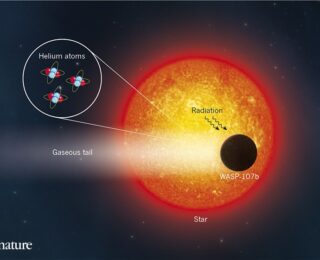
by Katya Gozman | Jul 27, 2021 | Daily Paper Summaries
This exoplanet has…a tail?! Read on to learn about how astronomers studied the atmosphere of exoplanet WASP-107b and clues they found about atmospheric escape.
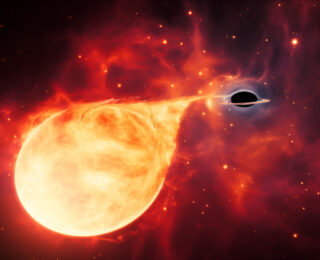
by Jason Hinkle | Jul 8, 2021 | Daily Paper Summaries
How can tides help us find hidden compact companions and yield detailed physics on stellar binaries?
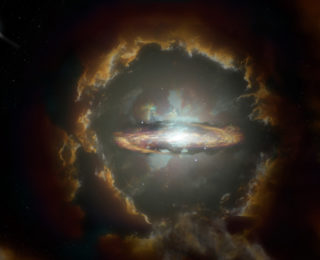
by Wei Vivyan Yan | May 26, 2020 | Daily Paper Summaries
Gas before forming a disk galaxy: To be cool, or to be hot, that is the question.
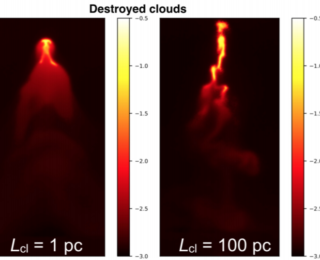
by Caitlin Doughty | Nov 11, 2019 | Daily Paper Summaries
What processes will disrupt a cloud of gas passing through the circumgalactic medium?
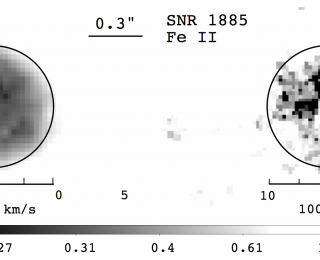
by Ben Cook | Dec 22, 2014 | Daily Paper Summaries
Title: The 2D Distribution of Iron Rich Ejecta in the Remnant of SN 1885 in M31 Authors: Robert A. Fesen, Peter Hoeflich, Andrew J.S. Hamilton First Author’s Institution: Dartmouth College Paper Status: Submitted to The Astrophysical Journal Supernova 1885 In August of 1885, a powerful supernova erupted in our neighboring galaxy, Andromeda. Astronomers name supernovae by the year and order in which they exploded, and since no other supernovae went off in 1885 which were bright enough for us to observe, this event became known simply as SN 1885. No recorded spectra of the supernova exist, but the original observers — viewing the light through spectral filters — reported that no hydrogen lines were observed. Combined with records of its reddish hue, this has allowed the supernova to be retroactively categorized as Type Ia. As a supernova explodes, much of the star’s original mass is rapidly fused into heavy elements. This debris is ejected rapidly into the interstellar medium (ISM). The supernova’s material will be hotter, denser, and contain more heavy elements than the surrounding matter — thus, it forms a distinct structure known as a supernova remnant. Eventually, the blastwave will expand and sweep up so much of the surrounding gas that it slows itself down, like a projectile under air resistance. Yet the ISM is of such low density that it can take decades to centuries before this deceleration begins. The initial structure of the explosion should therefore be imprinted on the remnant throughout this first phase — known as free expansion — before the ISM mass begins to decelerate the expansion. SN 1885 is though to still...
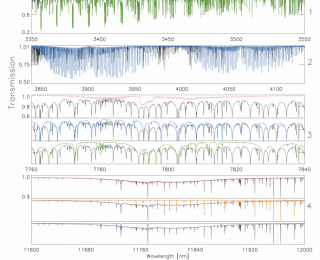
by Jaime Green | Jun 18, 2014 | Daily Paper Summaries
Today’s paper proposes a detection method for technologically advanced life that goes beyond the usual SETI signals: looking at exoplanet atmospheres not just for the presence of life in general, but for the chemical signatures of intelligent life.






